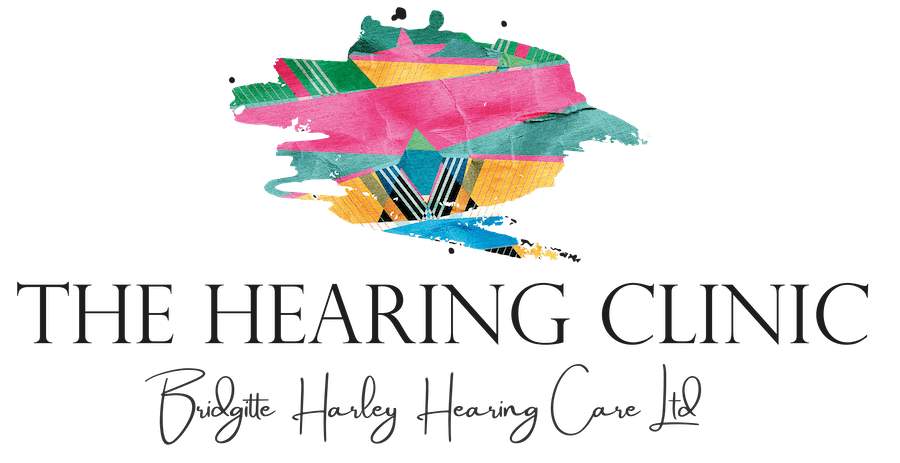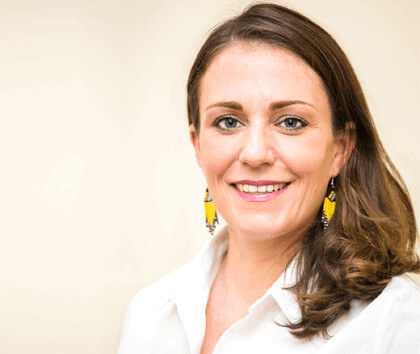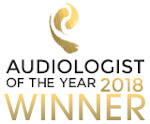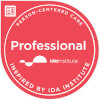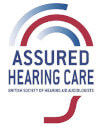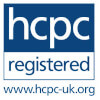The Hearing Clinic
-
Computers eavesdrop on fishy love songs.
It seems that, when the time is right, fish sing songs of love to attract a mate. And they don’t tend to enjoy big solos – preferring to vocalise in choruses which can even be heard from land at low frequencies. But it’s not just other fish who are listening. Biologists in California are eavesdropping on fish populations in the nearby Pacific Ocean to try to identify spawning seasons with a view to preserving fish populations and protecting marine health. Capturing the recordings was just the beginning. Highly skilled acousticians would then need to listen to weeks or months of recordings to pick out the fish chorusing sounds – a process…
-
Your Life, with Subtitles
A new tech breakthrough is helping to better connect deaf and hearing impaired people with friends, family and the world around them. The XRAI Glass app uses augmented reality to convert audio to visuals via smart glasses. The user wears a pair of smart glasses that provide subtitles of what’s going on around them in real time. The user simply reads the subtitles which appear instantaneously in front of their eyes. The glasses look like slightly larger-than-average sunglasses, and users can even have their custom prescription spectacle lenses inserted into the XRAI Glass frames. The glasses connect to the XRAI Glass app on the user’s smartphone which will even translate…
-
Can the brain be trained to hear sound in background noise?
Scientists studying the brains of old and young mice believe that the brain might be trained to filter out background sound, potentially helping to solve the challenges people with a hearing impairment experience when listening to speech in background noise. Researchers from the Johns Hopkins University School of Medicine found that old mice were less able than young mice to suppress actively firing brain cells in the midst of ambient noise making it difficult for the brain to focus on one type of sound — such as spoken words — and filter out surrounding noise. Researchers recorded the activity of 8,000 brain cells, or neurons, in the auditory cortex brain…
-
Revealing Churchill’s Hearing Loss
Like many people, as Winston Churchill got older he began to suffer from hearing loss. Records in the government’s archives shed light on this little-known aspect of his life as well as the technology that was installed in the House of Commons chamber to help him work effectively. Churchill was initially reluctant to admit that his hearing was deteriorating and only had his first hearing aid fitted in 1952, some eight years after his hearing loss was first detected. The hearing aid was made by a company owned by Russian engineer Alexander Poliakoff. However in 1953 Poliakoff’s contract was ended because MI5 was concerned that Soviet Russia could bug the…
-
Making space more accessible
In mid-December some 16 ‘AstroAcces’ disability ambassadors took off from Houston, Texas, to test a system that would help to make the physical environment of a space vessel more accessible to people who are blind, deaf or hearing impaired. The ambassadors flew aboard a specially modified Boeing 727 G-FORCE ONE aircraft to test a system created by SonicCloud which might enable improved speech understanding in space. The personalisation software allows the user to tailor audio, delivered through Sony headphones, to their hearing ability. This was a first global mission comprising people from different countries and saw the ambassadors taking part in weightlessness testing. Other experiments looked at how the physical environment aboard…
-
5 Tips for better hearing at Christmas
If it’s your turn to host this Christmas and you have a family member with hearing loss, it’s worth remembering our top tips to help them to hear well, feel included and have a great time. 1. Turn the music off Any background noise, including music, makes it hard for people with hearing loss to follow the conversation so it’s best to turn it off, rather than down. 2. Take a seat Put the person with hearing loss at the centre of the Christmas dinner table so they’re close to as many people as possible. If everyone is mindful of the person’s hearing challenges, then encourage people to speak one…
-
Listen up! Are those headphones safe for your kids?
If you’re lucky this Christmas Day you might be opening a new iPad, gaming console or mobile phone. If that’s the case, or if a child or young person in your life, will be receiving new tech as a present, please ensure you – and they – enjoy using these presents at safe listening levels. Headphones, earphones and earbuds – known as ‘hearables’ – are increasingly used by all of us to listen to our favourite music, films, programmes and podcasts while we’re on the go or even when we’re at home. This obviously introduces the potential for exposure to excessive noise – and therefore hearing damage – if volumes…
-
Dual Sensory Impairment?
Dual sensory impairment? Recent studies show that when people have both vision and hearing impairment, what’s known as dual sensory impairment (DSI), their risk for dementia increases significantly over having one impairment alone. In fact, a person with DSI has an eight-fold increased risk of dementia, according to a May 2022 study in the Journal of Alzheimer’s Disease Reports. An unknown link The cause of the link between sensory impairments and dementia is still unknown. It’s possible that an underlying problem, such as a problem affecting blood flow to both a person’s brain and ears, might lead to sensory and cognitive impairments. It could also be related to cognitive decline,…
-
Barbie gets hearing aids!
Mattel, makers of Barbie dolls, recently launched the first Barbie doll with hearing aids. The Barbie, which was launched earlier this year in the ‘Fashionista’ range, has hot pink behind-the-ear hearing aids on both ears. Rose Ayling-Ellis, of Strictly Come Dancing fame, worked with the company in the production of the doll. She says, “It’s so cute. Barbie used to be my favourite doll ever, and I used to draw hearing aids on my dolls to make them look like me. So now we’ve got a doll that has a hearing aid. If I’d got given this Barbie when I was a child, I probably would have screamed and got…
-
Let’s learn British Sign Language
British Sign Language (or BSL) is used by over 150,000 thousand people in the UK, of whom some 87,000 are deaf. However, there are only around 1,000 registered sign language interpreters in this country. Whether you’re looking for a change of career, would like to learn a new skill, or have a friend who uses BSL and you’re keen to learn, there are many online courses you can explore. Did you know there are also various apps to help you get started too? We found this useful list on the National Deaf Children’s Society’s website. Sign BSL: The British Sign Language dictionary where you can learn the basics from a…

